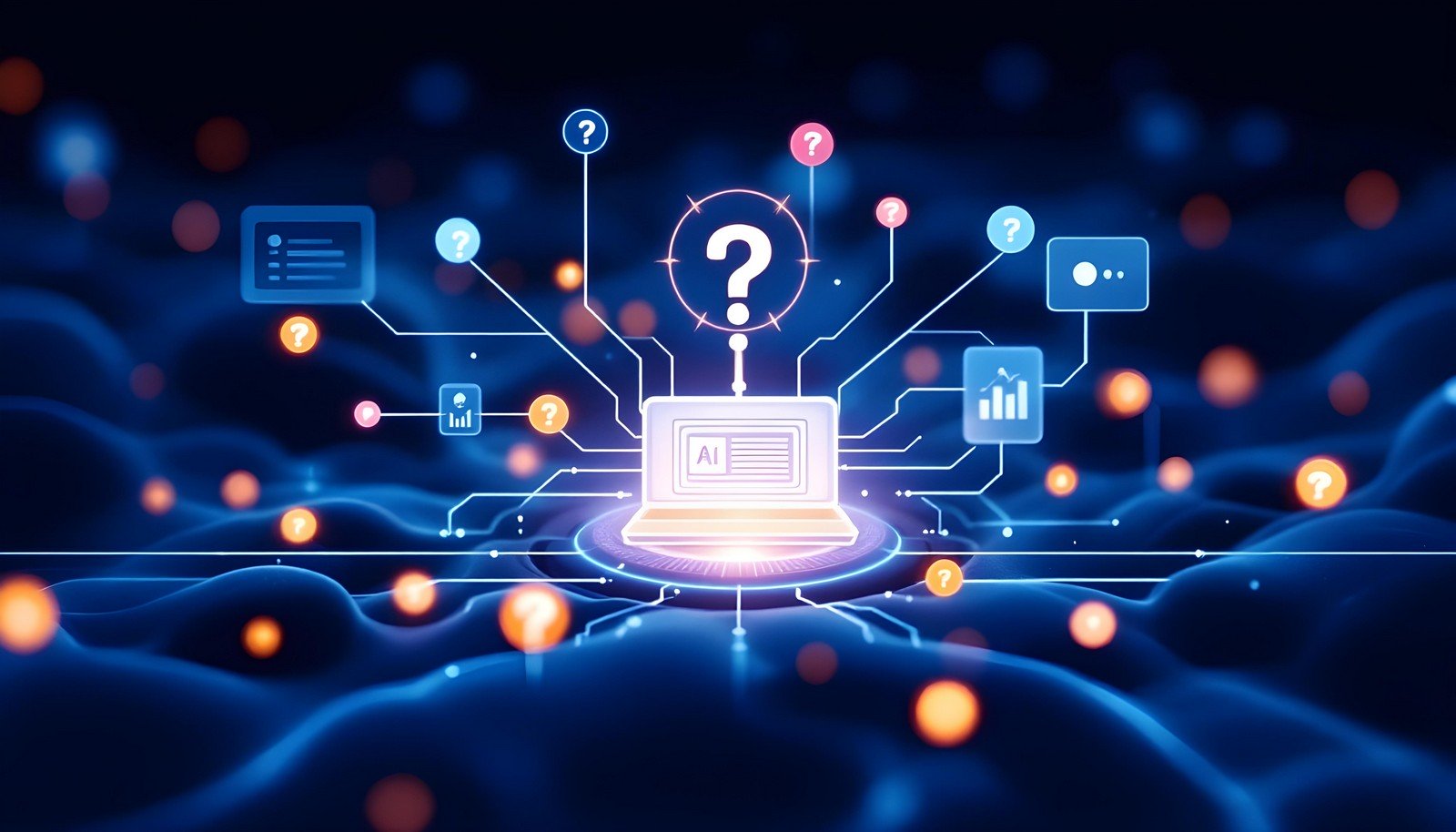Active Learning

Quick Navigation:
- Active Learning Definition
- Active Learning Explained Easy
- Active Learning Origin
- Active Learning Etymology
- Active Learning Usage Trends
- Active Learning Usage
- Active Learning Examples in Context
- Active Learning FAQ
- Active Learning Related Words
Active Learning Definition
Active learning is a specialized machine learning method that prioritizes labeling the most informative data points to improve model performance efficiently. Rather than training on a random dataset, active learning algorithms use specific strategies to select examples that will most benefit the model. Techniques within active learning include uncertainty sampling, query by committee, and expected model change, all designed to maximize the learning curve with fewer labeled instances. Active learning is especially valuable when labeled data is scarce, costly, or time-consuming to obtain, as it reduces the labeling burden while maintaining high accuracy.
Active Learning Explained Easy
Imagine you have a huge box of puzzle pieces, but not all of them belong to the same puzzle. Instead of spending time sorting every piece, you first choose a few key pieces that show part of a picture. By looking closely at these important pieces, you get clues about the whole puzzle. Active learning works like that for computers! Instead of looking at every single thing, it picks just the pieces that help it learn faster.
Active Learning Origin
The concept of active learning developed from the need to make machine learning more efficient by selecting only the most useful data for training. Early studies in the 1990s explored techniques to reduce data labeling costs, leading to the creation of active learning methods. As AI research progressed, the approach gained traction, particularly in fields requiring extensive labeled data, such as image recognition, natural language processing, and bioinformatics.
Active Learning Etymology
The term “active learning” stems from the combination of "active," implying an intentional choice or action, and "learning," referring to the machine’s ability to improve from data. The phrase reflects a process where the algorithm actively selects data, unlike passive learning methods, where all data is processed indiscriminately.
Active Learning Usage Trends
Active learning has seen significant growth in AI applications over recent years, particularly as machine learning models scale up and require more data. Many industries, including healthcare, finance, and autonomous vehicles, employ active learning to improve accuracy with fewer labeled samples. Active learning is popular in environments where labeling costs are high or where domain expertise is needed to label complex data, such as medical images. The trend is likely to continue as companies focus on optimizing data usage and cutting costs associated with data preparation.
Active Learning Usage
- Formal/Technical Tagging: machine learning, model training, data labeling, AI efficiency
- Typical Collocations: "active learning strategies," "active learning algorithm," "data labeling optimization," "active sampling," "uncertainty sampling"
Active Learning Examples in Context
In medical imaging, active learning is used to label only the most uncertain cases, helping the model learn faster with fewer annotated images.
Researchers apply active learning in natural language processing to select ambiguous sentences that, when labeled, improve the AI’s understanding of language patterns.
Active learning reduces the time and cost associated with creating training data for autonomous vehicles by focusing on edge cases, such as unusual obstacles.
Active Learning FAQ
- What is active learning in machine learning?
Active learning is a technique where a model selects specific data points for labeling to optimize its learning process. - How does active learning save time?
By selecting only the most informative data, active learning minimizes the amount of data that needs to be labeled. - What are some active learning strategies?
Common strategies include uncertainty sampling, query by committee, and expected model change. - Why is active learning useful in healthcare?
Active learning reduces the labeling workload for complex data like medical images, allowing models to learn effectively with fewer samples. - Can active learning be used in natural language processing?
Yes, it is used to select ambiguous or challenging sentences for labeling, improving the model’s linguistic accuracy. - What’s the difference between active and passive learning?
Active learning involves selective data sampling, while passive learning trains on all available data without selection. - Does active learning improve model accuracy?
Yes, active learning often results in faster and more accurate models, as it focuses on informative data points. - What are the drawbacks of active learning?
Active learning can be computationally intensive and may require specialized algorithms for different tasks. - Is active learning used in autonomous driving?
Yes, active learning helps label complex driving scenarios, improving self-driving algorithms with fewer labeled images. - How does active learning benefit companies?
Active learning reduces data-labeling costs and speeds up model development, which can lower overall AI deployment costs.
Active Learning Related Words
- Categories/Topics: machine learning, artificial intelligence, data science, data annotation, efficient training
- Word Families: active, activation, activity, learning, learner, learned
Did you know?
Did you know that active learning is widely used by major tech companies to improve the performance of their AI systems without constantly gathering vast amounts of labeled data? In fact, companies like Google and Tesla use active learning to refine their autonomous systems, enabling quicker adaptation to real-world conditions while saving costs on manual data annotation.
PicDictionary.com is an online dictionary in pictures. If you have questions or suggestions, please reach out to us on WhatsApp or Twitter.Authors | Arjun Vishnu | @ArjunAndVishnu

I am Vishnu. I like AI, Linux, Single Board Computers, and Cloud Computing. I create the web & video content, and I also write for popular websites.
My younger brother, Arjun handles image & video editing. Together, we run a YouTube Channel that's focused on reviewing gadgets and explaining technology.



Comments powered by CComment